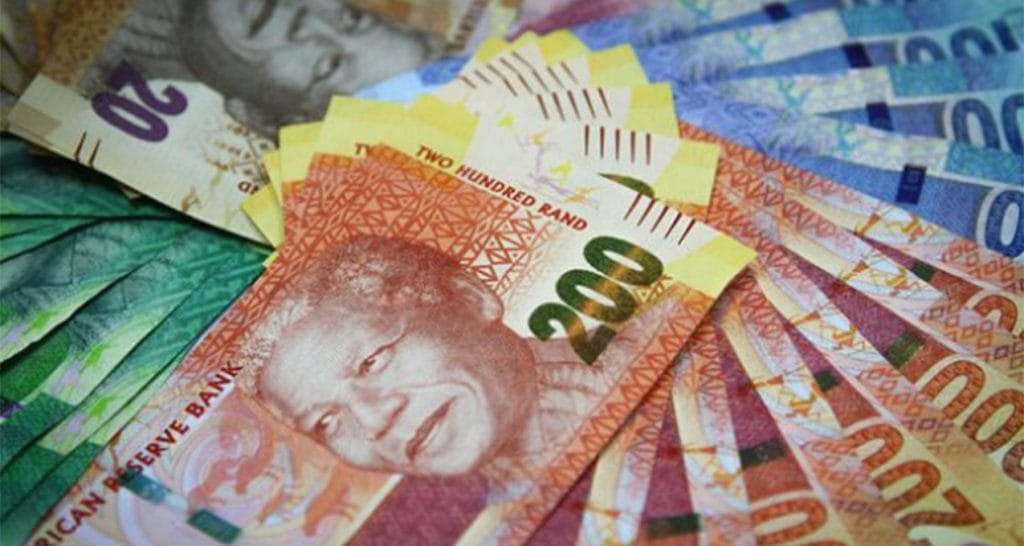The South African rand posted a mild gain in early trade on Wednesday, with market participants closely watching both domestic economic indicators and the outcome of a crucial U.S. Federal Reserve meeting expected later in the day.
As of 0637 GMT, the rand was trading at 17.9350 against the U.S. dollar, strengthening by approximately 0.6% from Tuesday’s close. The improvement comes after a sharp fall of more than 1% the previous day, when escalating geopolitical tensions in the Middle East — particularly between Israel and Iran — spurred a flight to safer assets. This global shift in sentiment weighed heavily on emerging market currencies, including the rand.
Although the local currency showed signs of recovery, analysts caution that its gains may be short-lived until there is greater clarity on the Fed’s monetary policy stance. “Further gains are likely to be limited until after today’s Fed decision,” said Andre Cilliers, a currency strategist at TreasuryONE. Market participants widely anticipate the U.S. central bank to hold rates steady, but attention will be on guidance regarding the timing and pace of future cuts, which could influence global capital flows and emerging market attractiveness.
In addition to international factors, traders are also awaiting key domestic economic reports that could shape expectations for South Africa’s own monetary policy path. The country’s consumer price index (CPI) data is due at 0800 GMT, followed by retail sales figures scheduled for release two hours later at 1000 GMT. Both indicators are expected to provide insights into consumer behavior, price pressures, and overall economic momentum in Africa’s most industrialised economy.
According to a Reuters poll, analysts expect the annual inflation rate for May to remain stable at 2.8%, suggesting continued moderation in price growth. Meanwhile, retail sales are projected to have risen by 3.1% year-on-year in April, indicating a potential uptick in consumer spending activity.
Nedbank economists offered a more conservative outlook in their research note, forecasting inflation to slow to 2.3% on a yearly basis for May. They also projected a 1.7% increase in retail sales, supported by several positive trends: a softer inflation environment, declining interest rates, and reduced debt servicing burdens. These factors, they noted, are contributing to improved real incomes and bolstering discretionary spending.
In the bond market, movements were subdued during early trade. Yields on the South African government’s benchmark 2035 bond edged slightly lower by 0.5 basis points to 10.105%, reflecting a cautious stance among fixed-income investors ahead of the economic data and global monetary policy signals.
The day’s developments are poised to influence both domestic economic sentiment and South Africa’s broader financial market trajectory, particularly if inflation trends and retail activity point toward stronger or weaker economic fundamentals than currently anticipated.



